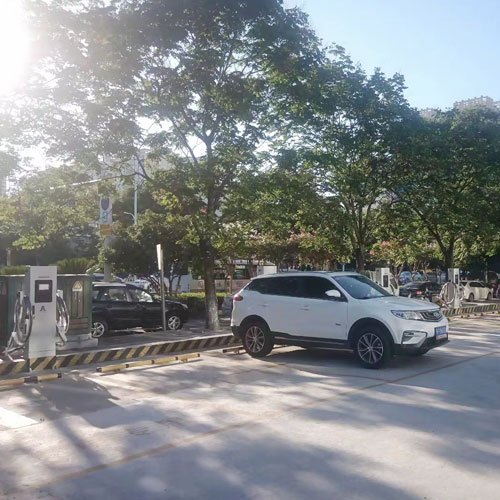-
 +86 18924678741
+86 18924678741 -
 sales@hjlcharger.com
sales@hjlcharger.com -
 Shenzhen City, Guangdong Province, China
Shenzhen City, Guangdong Province, China
Ultra-fast ev charging, also known as high-power charging, is a type of fast DC charging that is the ultimate solution for all electric bus and truck charging stations. Able to charge the battery to 80% in 30 minutes at higher power levels and approximately 1 hour at lower power levels, depending on the EV battery system.
Ultrafast ev charging are the choice for DC fast and high-power electric vehicle (EV) chargers to suit the needs of any fleet owner/operator for Electric Vehicles like Trucks, Buses, Commercial Vehicles, Mining Equipment, etc. Electric fleet owners and operators enjoy a lower the total cost of ownership, cheaper energy costs, less maintenance, reduced environmental impact, and greater convenience with on-site DC fast charging.
Ultra-fast ev charging charger product parameters:
Parameters | Requirements | ||
General Requirements | |||
EV Charger Type | DC | ||
Charger Capacity | 240KW | 360KW | 480KW |
Equipment size | L1200*W750*H1980(mm) | ||
Product Model NO. | ENC-DCF240D | ENC-DCF360F | ENC-DCF480H |
ANSI-DCF240D | ANSI-DCF360F | ANSI-DCF480H | |
JIS-DCF240D | JIS-DCF360F | JIS-DCF480H | |
Mounting | Ground-Mounted(Sequential) | ||
Input Requirements | |||
AC Supply System | Three-Phase, 5 Wire AC system | ||
Nominal Input Voltage | AC380V±15% | ||
Input Frequency | 45-65Hz | ||
Environmental Requirements | |||
Ambient Temperature Range | -25 to 55°C | ||
Ambient Humidity | 5 to 95% | ||
Storage Temperature | -40 to 70°C | ||
Electrical indicators | |||
Current Limit Protection Value | ≥110% | ||
Steady pressure precision | ≤±0.5% | ||
Steady flow accuracy | ≤±1% | ||
Power Factor | ≥0.99(50% load above) | ||
Mechanical Requirements | |||
IP Ratings | IP 54 | ||
Cooling | Air-cooled | ||
Output Requirements | |||
Connector Terminal | 2 | 3 | 4 |
Number of Outputs | 4 | 6 | 8 |
Type of Each Output | DC200-750V ; DC150-500V(JIS) | ||
Single Output Max.Current | 200 Amp | ||
Equipment size | L430*W201*H1600(mm) | ||
User Interface & Display Requirements | |||
Display & Touch-Screen Size | 7 Inches Touch Screen with Shell | ||
User Authentication | QR Code/RFID Card /Password Login | ||
Metering Information | Consumption Units | ||
Communication Requirements | |||
Communication between EVSE and Central server | Protocol (Optional) | ||
Interface between Charger and CMS | Ethernet/3G/4G/WIFI (Optional) | ||
Protection & Safety Requirements | |||
Executive Standard | IEC 62196 2017, IEC 61851 2017, SAE J1772,CHAdeMO etc. | ||
Safety Parameters | Over Current, Over Voltage, Under Voltage, Residual Current, Surge Protection, Leakage Protection, Short Circuit, Over Temperature, etc. | ||














